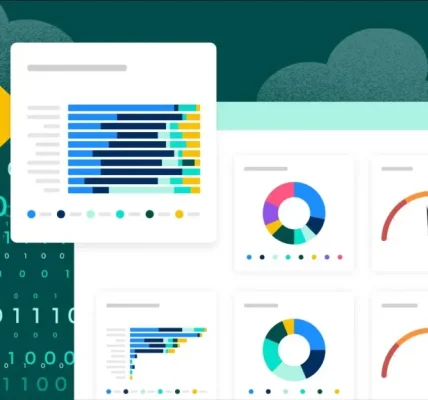The economy goes through cycles of growth and decline. When a company has a sales strategy that can help it thrive during economic downturns, its revenue stream is less likely to dry up.
Strategies for boosting sales in a down economy can include increasing customer satisfaction, implementing lead scoring systems and using dealer locator software.
Target the Right Consumers and Markets
One of the best ways to increase sales in a down economy is to target the right consumers and markets. Some strategies that have been successful in past recessions include loyalty programs, bulk selling and incentives.
Many consumers are more cautious with their spending habits during a downturn, so it’s important to find market segments that are interested in your product and can afford it. This could mean environmental enthusiasts that want to buy eco-friendly products, leisurely retirees who enjoy your services or wealthy business owners who are looking to show off their success.
It’s also important to be mindful of your limited marketing budget and only invest in efforts that will produce the best ROI. This will help to minimize the impact of a downturn on your bottom line while positioning you to take advantage of opportunities during the recovery.
Increase Consumer Spending
Consumer spending is a key indicator of the strength of an economy. While many consumers are worried about their financial security, they are still willing to spend money on items that they consider essential. For this reason, it is crucial for businesses to have a sales strategy that is recession-proof and can help them increase their revenue in the face of economic challenges.
While consumers are still shopping, they are more selective about which brands they purchase from. This means that it is important to have a well-defined customer base and to understand what they value most in your products or services. Having a loyalty program can be an excellent way to increase consumer spending in a down economy, as can offering discounts and promotions.
While it is tempting to cut back on marketing expenses during a recession, doing so can actually reduce your sales over time as few people will find you or be able to afford your products or services. Instead, invest in sales productivity software like Badger Maps that can optimize your daily routes and manage your territory and customer information.
Reevaluate Your Target Audience
In tough economic times, reevaluating your target audience is necessary to ensure that your marketing efforts are aligned with your business goals. Evaluate market trends, customer data and consumer sentiment to determine if your current target audience’s priorities have changed and how you can shift your content strategies to reflect those changes.
When a recession hits, consumers often focus on reducing aspirational purchases and instead prioritize essential ones. This affects all segments of the population, from lower- to high-income consumers.
This is an ideal time to invest in building loyalty with existing customers. Send out special offers and discounts to retain their interest. Encourage feedback through surveys, polls and sales conversations to gather direct customer insight. This data can then be used to tailor your messaging and campaigns. It can also be used to optimize existing ad campaigns and reduce spending on ads that aren’t working. This can boost your company’s cash flow by avoiding unnecessary expenses.
Change Your Pricing
Many businesses will need to alter their pricing strategy in a down economy. This could mean lowering your prices to attract more customers or increasing them to keep your current clients. It may also mean dropping or discontinuing products that aren’t doing well.
When changing your pricing, it is important to do so based on data rather than on hunches. Use the information you have at your disposal, such as your point-of-sale system and inventory management software, to analyze recent sales patterns. This will help you determine how much to increase your prices and if the change will impact your customer loyalty.
It is also a good idea to analyze your competitors’ pricing strategies and see how you stack up. This way, you can identify your unique value and find ways to add even more to your product or service without raising prices. For example, a software company like Badger Maps could increase sales productivity by optimizing daily routes and streamlining tasks for its field sales team.






